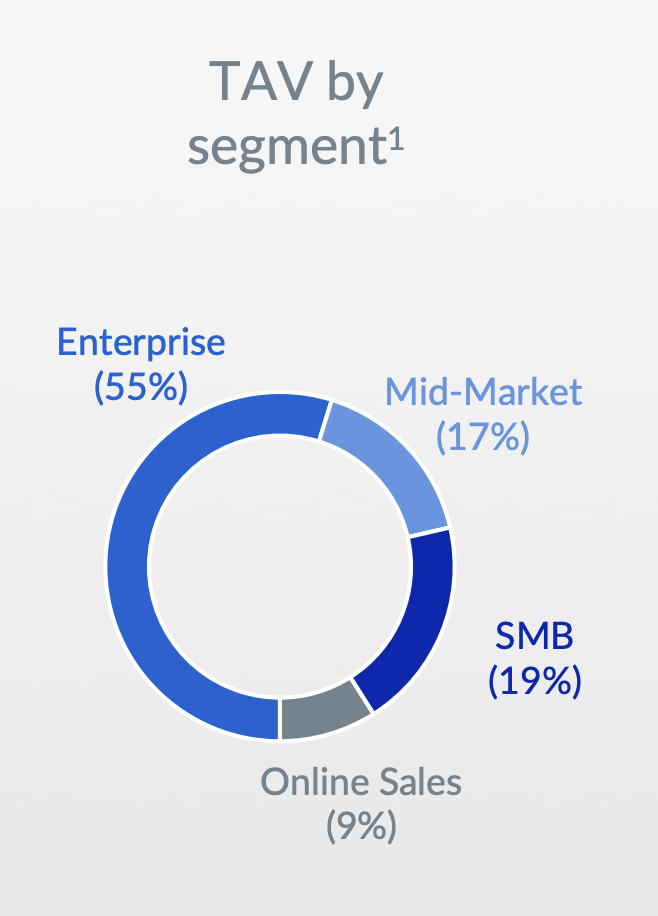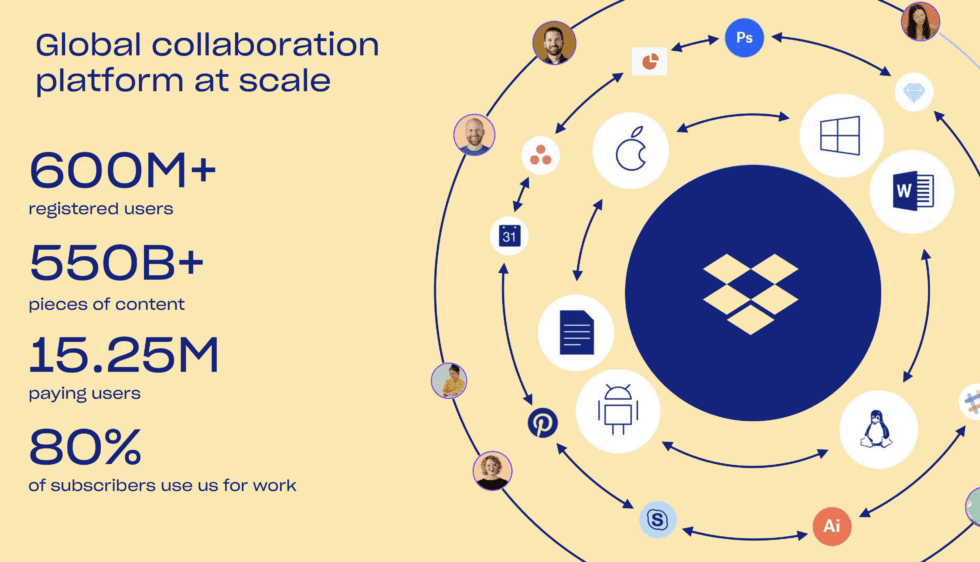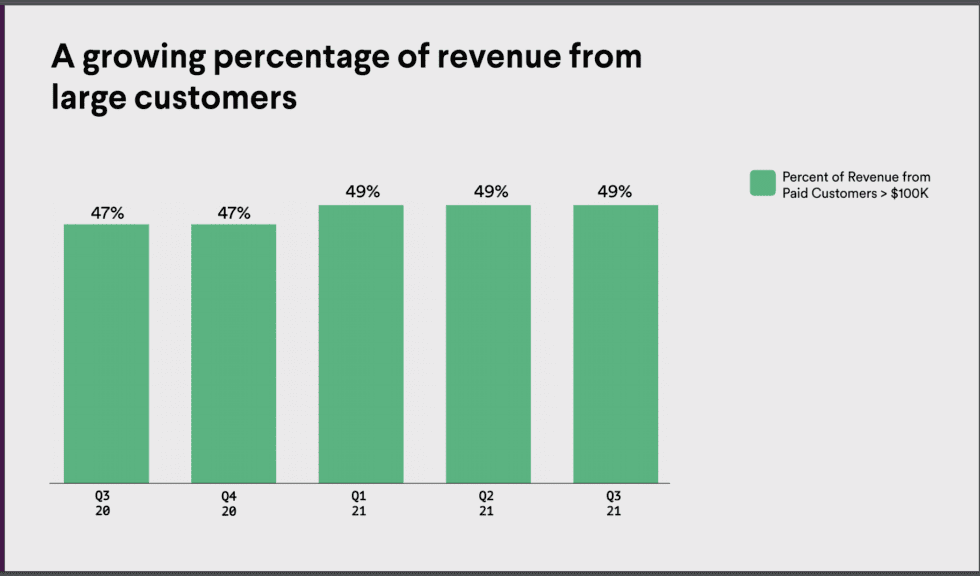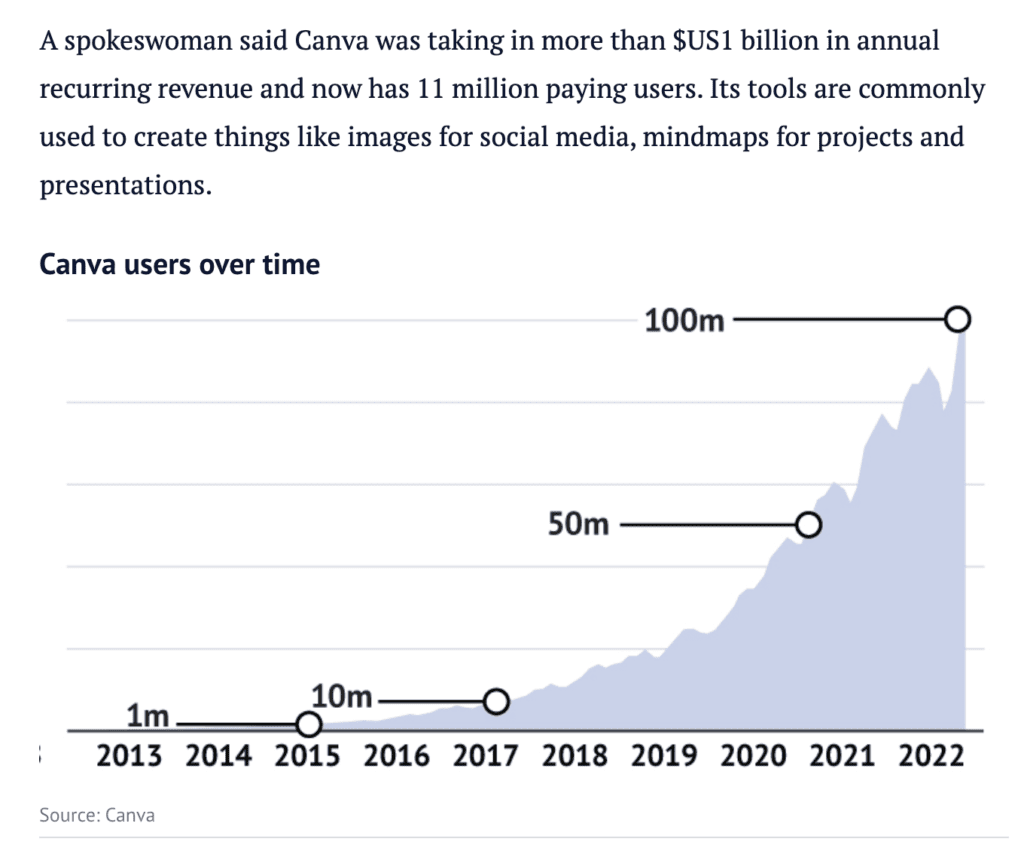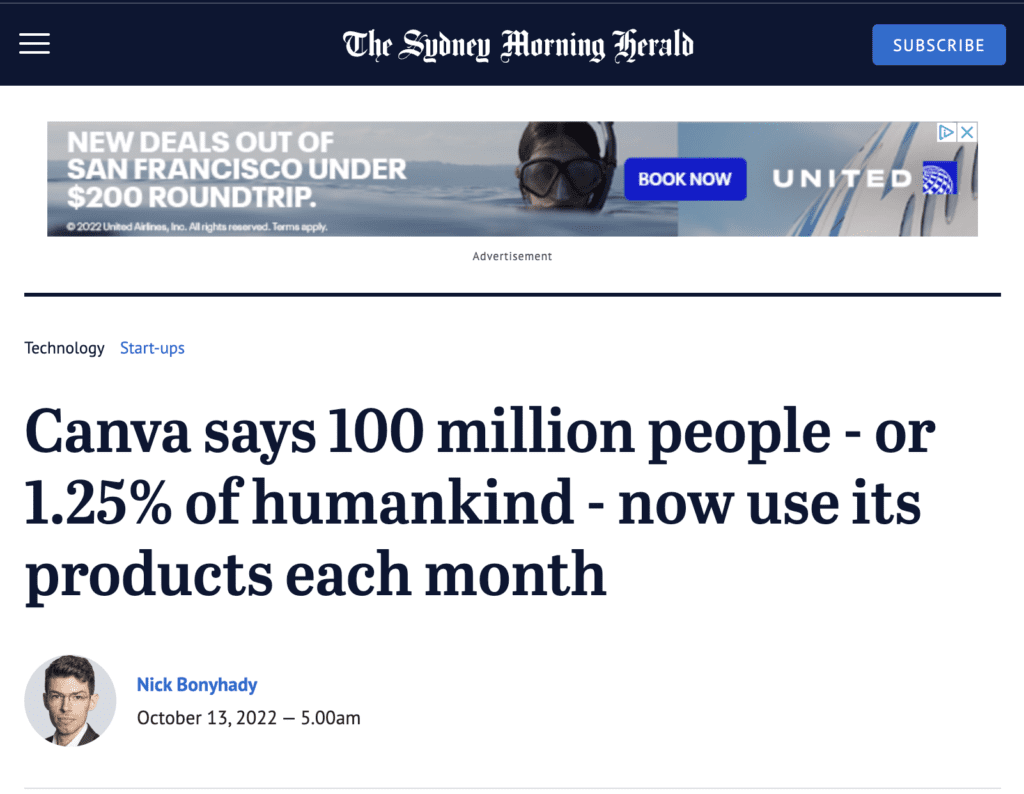Freemium generally requires about 10x-100x more users to work as a model than most founders expect
And it takes longer to take off than almost all of us expect
— Jason ✨Be Kind✨ Lemkin (@jasonlk) March 22, 2022
Freemium is back.
- Atlassian has recently added Freemium editions for the first time to several of its core products — and saw a tripling of sign-ups!
- New Relic has gone back to adding Freemium, and saw 10x the sign-ups than before.
- Zoom and Slack have built empires on top of Free and Freemium.
- Calendly hit a $3B valuation and 60m in ARR almost all on top of freemium.
- GoDaddy has crossed $4B in ARR!
- Wix is now worth $15 Billion!
But having built a partly freemium service that hundreds of millions use … I’ve learned one thing: almost everyone gets the math wrong in Freemium.
Freemium is great. Freemium forces you to have better onboarding and a slicker, easier-to-use product. Freemium is the way you and I like to try and often buy. But 9 times out of 10, Freemium alone isn’t enough alone to power you to $100m+ ARR. The problem? There simply aren’t enough businesses in the entire country + Europe to get most products to a $100m freemium business in almost any business/SaaS/work segment. Most products will need a higher blended ACV to get there.
Let’s do the math:
- Assume you can get $10/mo per paid user (a good basic price for Freemium for SMBs).
- To build a $100m business (i.e., get ready to go IPO), you’d need 1,000,000 paid seats to hit that.
- Assume a 2% conversion rate, for simplicity’s sake. You’d need 50,000,000 active users over time. Not pretend users. Not users who registered and never came back. Not even users that use you once a year. 50,000,000 active, passionate, engaged users using your business app, on their own, electively, with some regularity. Enough not to churn.
In VSB or SMB business apps, you can get to one million paying customers — but you really, really need something broad-based to get there. Intuit, Microsoft, Adobe, PayPal. But there are not too many with 1,000,000 paid business customers, or 50m truly active users. Hubspot sells to SMBs and just passed $1B in ARR. But it got there with 100,000 paying customers, for example. Dropbox is at $2B ARR now, but it needed 600,000,000 free users to get there. The math there ties.
50m might be too high for some. Maybe your conversion rate will be higher. Wix has 154,000,000 users generating $1B in ARR. So perhaps you can get to $100m ARR with 15m-20m users, with higher conversions than the above math. Even so, it’s still a lot of users you’ll need:
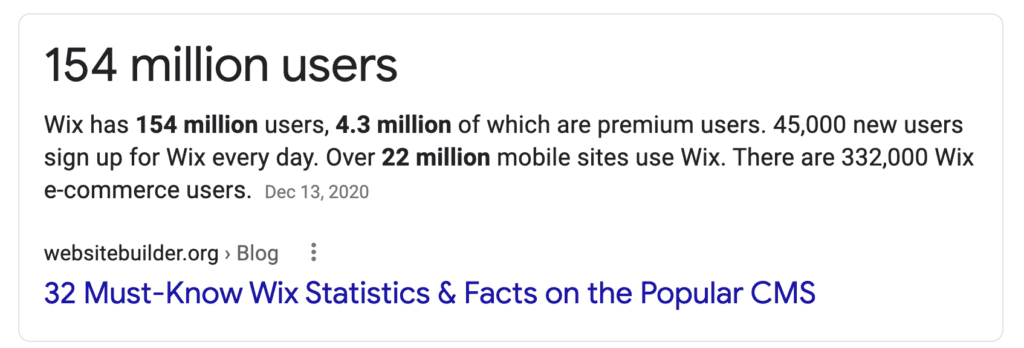
So is freemium hopeless to build a $100,000,000+ business for most of us? Absolutely not. First, SMBs are flocking to SaaS more than ever. And even if Freemium alone isn’t enough, it can be a critical part of getting there. What it can do is create it, build it, and seed it. This is the critical insight, and one to be flexible around.
For example, at Adobe Sign / EchoSign, true Freemium (i.e., no human involvement ever) never exceeded 40% of our revenue, and as we passed the first $10,000,000 in ARR revenue, it declined a bit and never exceeded 20% of our direct revenue, measured all on its own. Today it’s a token amount of revenue for the product at nine figures in ARR.
Another great example is Box. Box has grown to $1B in revenue, but it “tilted” from a mostly freemium product to an enterprise focus, with freemium today being about 9% of their revenue — although a key source of leads (see below). Yes, 9% of their revenue is just about $100m. But that took 15 years and still isn’t quite 10% of their total revenues. Take a look at Box’s revenue distribution today here:
DropBox blew past $1B ARR on Freemium. But even there, it slowed down after that, and it shows just how many millions of folks you need to be truly actively using your utility to make freemium scale to the nine-figure level. In fact, DropBox has 600,000,000 registered users and 15,000,000+ paying users. An exception that makes the rules. And most importantly, much of DropBox’s growth to $1B ARR was really on the back of consumers, not businesses:
And look at our other examples above. Slack added a big enterprise sales team. Zoom always had a sales team, and is going more enterprise. New Relic started freemium, then went enterprise to get bigger, and added freemium back later. In the end, all of these are blended models. Freemium has its place. But it isn’t the source of 100% of revenue. And they all have real, large, traditional SaaS sales teams.
As you can see here, at $1B ARR, 50% of Slack’s revenue comes from “large customers” at $100k+:
Canva is impressive. They aren’t public, but they do share a number of metrics. At $1B+ in ARR, they have 100m total users and 11m that pay. If you have 10% conversion (not sure that’s exactly how the math works, but if you do), obviously, you can go big with just “millions” of free users. Maybe even “just” 10,000,000. But even Canva has added an enterprise version and team versions.
HubSpot doesn’t break out its free user numbers, but is a great example of how Freemium works as a funnel at almost $2B in ARR. 60% of its customers now try a free product first. And that’s up for 50% or so in 2019. So it works. But this really is more of a “freemium as a free trial” model than a classic freemium play.
So freemium alone often has a mathematical ceiling in some categories and for many vendors. But that doesn’t mean its value doesn’t scale. Freemium always continues to build your brand. It exposes you to millions. Which creates leads. Highly qualified leads, many of whom may need to go to a salesperson, but have already used the product, love it, and are almost ready to buy.
This can end up being a free trial disguised as freemium. That can be OK.
Pure, automated freemium — you put up a website, and the money automatically rolls in, once people hit the choke point, no salespeople — it’s wonderful. It works. But to get to an IPO, alone? It can happen — but it’s still less common than tilting upmarket to get to higher ACVs. More likely, you’ll need to build on top of it, and add more.
So just don’t fear adding a sales team, and driving up your ACV and value over time, if you start Freemium. Many of the best have done just that. It’s fine if Freemium alone isn’t enough.
(note: an updated SaaStr Classic post)


